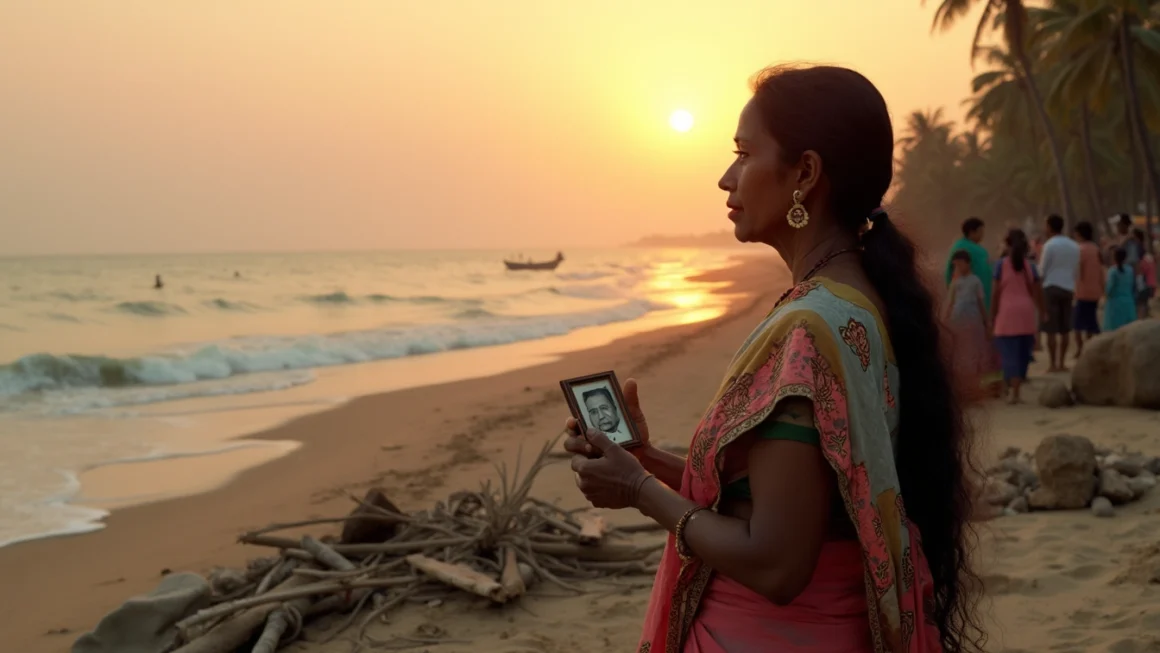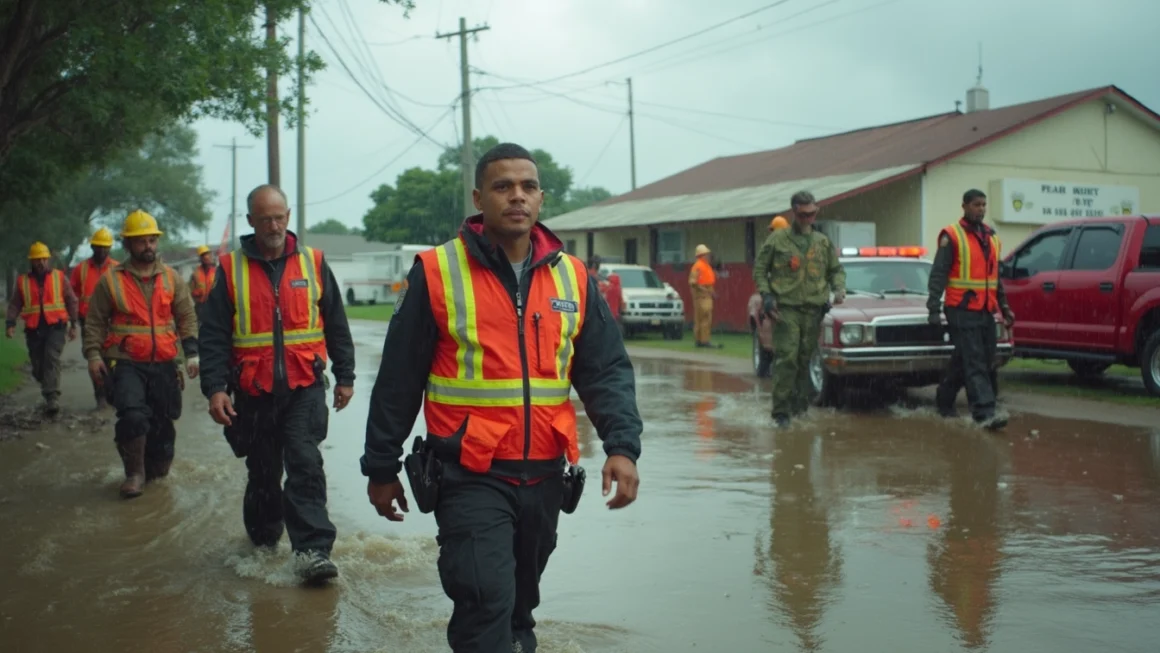The devastating 2004 Indian Ocean tsunami left an indelible mark on coastal communities across South Asia. Nearly two decades later, its impact continues to shape disaster preparedness efforts, particularly along India’s eastern coastline. As the region grapples with the increasing threat of climate change-induced extreme weather events, the lessons learned from that catastrophic day remain more relevant than ever.
The Lingering Impact of the 2004 Tsunami
Table of Contents
On December 26, 2004, a massive undersea earthquake off the coast of Sumatra triggered a series of devastating tsunamis that swept across the Indian Ocean. The disaster claimed over 230,000 lives across 14 countries, with India suffering significant losses, especially in the states of Tamil Nadu, Andhra Pradesh, and the Andaman and Nicobar Islands.
For survivors like K. Lakshmi, a resident of Srinivasapuram in Chennai, the memory of that fateful day remains vivid. “The sea came into our homes,” she recalls, describing how the tsunami’s powerful waves inundated coastal areas, destroying property and claiming lives.
Evolving Disaster Preparedness
In the years following the tsunami, India has made significant strides in improving its disaster management capabilities. The government has invested in early warning systems, evacuation protocols, and public awareness campaigns. However, as climate change intensifies, new challenges are emerging.
Early Warning Systems
One of the most significant improvements has been the implementation of sophisticated early warning systems. These technologies can detect seismic activity and potential tsunami threats, providing crucial time for evacuation efforts. However, experts emphasize that technology alone is not enough; community preparedness and swift response are equally vital.
Community Engagement and Education
Local authorities have recognized the importance of involving communities in disaster preparedness efforts. Regular drills, awareness programs, and the establishment of community-based disaster response teams have become common practices in vulnerable coastal areas.
Climate Change: A New Threat on the Horizon
While the focus on tsunami preparedness remains strong, coastal communities now face a new, more frequent threat: climate change-induced extreme weather events. Rising sea levels, more intense cyclones, and unpredictable storm surges pose significant risks to these vulnerable areas.
Adapting to New Realities
Coastal communities are being forced to adapt to these changing conditions. Efforts include:
- Strengthening sea walls and coastal defenses
- Implementing stricter building codes in flood-prone areas
- Developing more resilient infrastructure
- Creating natural buffers through mangrove restoration projects
These initiatives not only protect against potential tsunamis but also help mitigate the impacts of regular flooding and storm surges. Automation tools are increasingly being used to streamline disaster response coordination, enhancing the efficiency of emergency management systems.
Balancing Development and Safety
As coastal areas continue to develop, balancing economic growth with safety concerns remains a challenge. Many residents, like Lakshmi, are reluctant to relocate despite the risks, citing economic opportunities and deep-rooted community ties. This reluctance highlights the need for innovative solutions that can protect vulnerable populations without disrupting their livelihoods.
Sustainable Coastal Development
Urban planners and policymakers are exploring sustainable development models that can accommodate growth while minimizing risk. These include:
- Elevated structures designed to withstand flooding
- Green infrastructure to absorb excess water
- Zoning regulations that limit development in high-risk areas
The Road Ahead
As India’s coastal regions continue to evolve in the face of environmental challenges, the memory of the 2004 tsunami serves as a constant reminder of the importance of preparedness. The country’s efforts to build resilience against both tsunamis and climate-related disasters demonstrate a proactive approach to safeguarding vulnerable communities.
However, experts stress that continuous improvement and adaptation are necessary. As climate patterns shift and new threats emerge, disaster preparedness strategies must remain flexible and responsive to changing conditions.
Embracing Technology and Innovation
Looking to the future, emerging technologies such as artificial intelligence and advanced modeling systems offer promising tools for predicting and mitigating disaster impacts. Integrating these innovations with traditional knowledge and community-based approaches will be crucial in creating comprehensive, effective disaster management strategies.
Conclusion
The legacy of the 2004 tsunami continues to influence India’s approach to coastal safety and disaster preparedness. As the country faces new challenges posed by climate change, the lessons learned from that tragic event provide a foundation for building more resilient communities. By combining technological advancements, community engagement, and sustainable development practices, India is working towards a future where coastal populations can thrive safely in the face of environmental uncertainties.
The journey towards complete disaster resilience is ongoing, but the progress made since 2004 demonstrates India’s commitment to protecting its coastal communities. As the country moves forward, the memories of the past serve not as a source of fear, but as a catalyst for continued vigilance and innovation in disaster preparedness.




